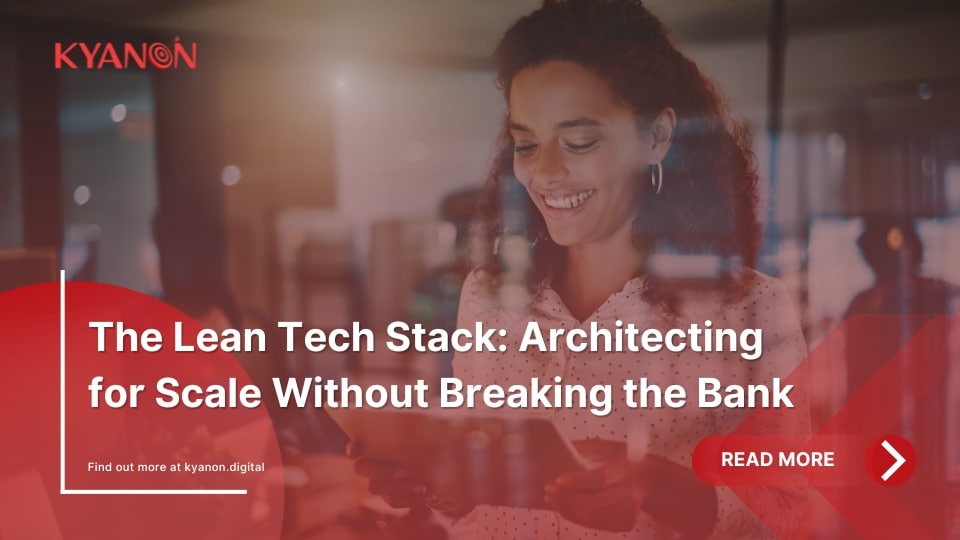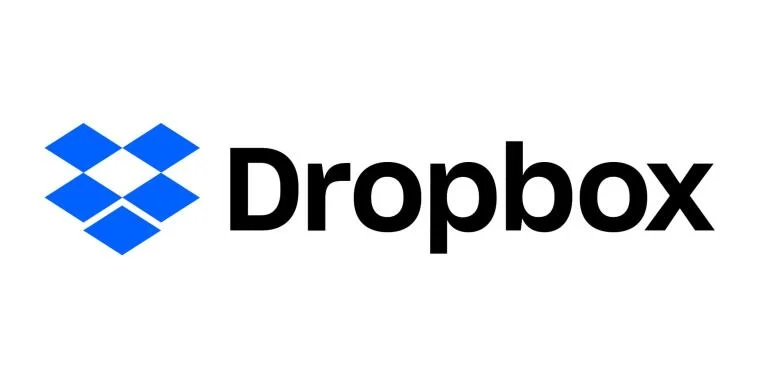Is your startup struggling to build a tech stack that can scale without draining your budget?
This is a common challenge for many early-stage businesses. Choosing the right tools and technologies is crucial for any business, but overspending can quickly become a major roadblock if not taken seriously.
However, the solution to all your problems lies in a lean tech stack, that’s cost-effective yet scalable. According to research, 90% of startups fail and the primary reason for a major 29% of those startups was running out of funds.
This highlights the need to make strategic tech decisions early on.
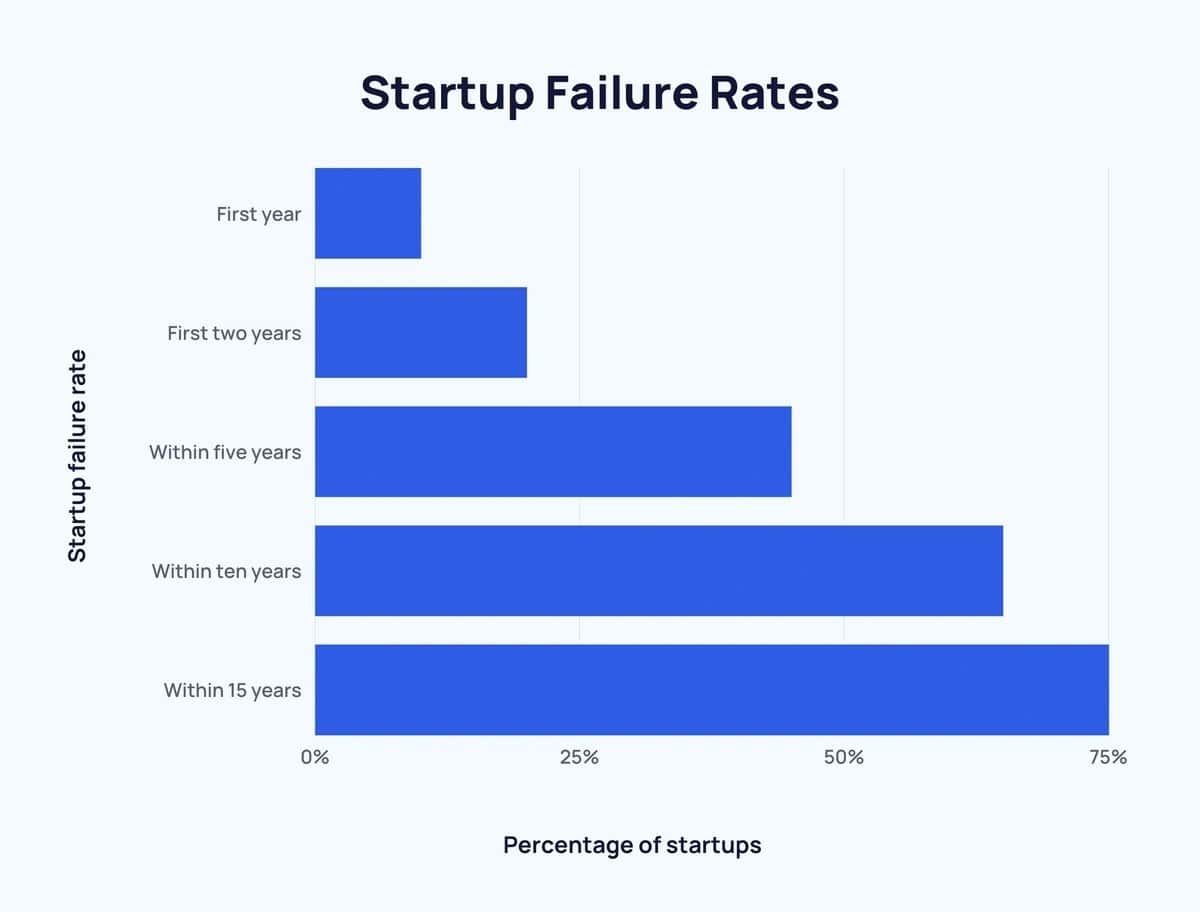
By carefully selecting the right technologies, you can create a foundation that supports growth without overloading your budget. This approach allows you to maximize efficiency while keeping costs under control.
In this article, we’ll explore how to architect a lean tech stack that meets your business needs without breaking the bank. So, let’s get started.
1. Principles of Lean Tech Stack Architecture
Building a lean tech stack is all about making smart decisions from the start. It’s not just about choosing the cheapest tools but about finding the right balance between cost and future growth.
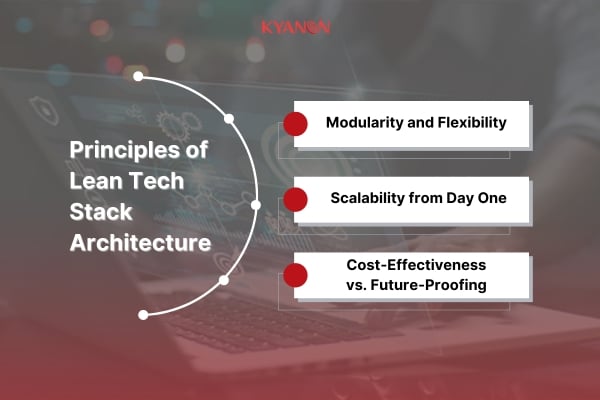
The key principles you need to keep in mind while creating a lean tech stack are:
1.1. Modularity and Flexibility
Think of a lean tech stack like building with Lego blocks. Each piece, or module, is independent but can fit together easily to create something bigger. That’s what modularity is all about. Instead of using a single, monolithic system that handles everything, a modular approach allows you to choose different tools and services for different needs.
The beauty of this flexibility is that you can swap out or upgrade parts of your stack as your business grows or your needs change without disrupting the entire system.
For example, you might start with a basic cloud provider for hosting, but as your traffic grows, you could switch to a more convenient solution.
1.2. Scalability from Day One
One of the biggest mistakes startups make is not thinking about scalability early enough. You want a lean tech stack that can grow with your business from day one, rather than scrambling to re-engineer it later when your customer base or traffic spikes. The idea here is to use tools and infrastructure that can handle your needs now and in the future.
For instance, cloud platforms like AWS or Azure allow you to scale up or down based on demand. You don’t have to pay for more capacity than you need, but when you start growing, you can easily expand without needing to overhaul your entire system.
According to MarketsandMarkets Research, the global Platform as a Service market size is expected to reach $164.3 billion by 2026.
1.3. Cost-Effectiveness vs. Future-Proofing
Balancing cost-effectiveness with future-proofing is a tricky but essential part of building a lean tech stack.
When you’re a startup, budget constraints are real, and it’s tempting to choose the cheapest solutions available. However, focusing solely on short-term savings can end up costing you more in the long run if those tools can’t keep up with your growth. For this, you can use cloud computing, which is 40 times more cost-effective for an SMB.
Meanwhile, future-proofing means thinking ahead. It’s about investing in technologies that might cost a little more upfront but will save you money (and stress) as your business grows. For example, choose a database solution that handles large data loads, even if your current needs are small. It ensures that you won’t need a costly migration later.
2. Key Components of a Lean, Scalable Tech Stack
Now let’s talk about the components that form the backbone of a lean, scalable tech stack.
| Component | Role | Examples |
| Cloud Infrastructure | Hosting, scaling, managing applications | AWS, Google Cloud, Azure |
| Database Solutions | Storing and managing data | Amazon Aurora, MongoDB Atlas |
| Backend Frameworks | Building the server-side architecture | Node.js, Django, Ruby on Rails |
| Frontend Technologies | Building responsive user interfaces | React, Vue.js |
| DevOps and CI/CD | Automating deployment and scaling | Docker, Jenkins, GitLab CI |
2.1. Cloud Infrastructure
When it comes to cloud infrastructure, three names dominate the field: AWS, Google Cloud, and Azure. Each platform offers powerful tools for hosting, scaling, and managing applications, but they come with different strengths.
AWS is known for its vast range of services and flexibility, making it a go-to choice for many startups. Google Cloud shines when it comes to machine learning and data analytics, while Azure is often preferred by businesses already using Microsoft products.
Another decision that you might have to make is whether to leverage serverless architectures or not. With serverless, you don’t need to manage servers as the cloud provider takes care of that. This makes it highly scalable and cost-efficient, as you only pay for the computing power you actually use.
Comparison of Cloud Providers
| Cloud Provider | Strengths | Best for | Cost Efficiency |
| AWS | Wide range of services and flexibility | Startups needing scalability | Moderate |
| Google Cloud | Machine learning and data analytics | AI and big data applications | High |
| Azure | Integration with Microsoft products | Businesses already using Microsoft | Moderate |
2.2. Database Solutions
Your database is the heart of your tech stack, and choosing the right one depends on your specific needs.
SQL vs. NoSQL is a common debate. SQL databases like PostgreSQL are great for structured data and complex queries, while NoSQL databases like MongoDB are better suited for unstructured data or when you need to scale quickly. NoSQL currently has a market share of 23.99%.
Scalable database options such as Amazon Aurora (for SQL) and MongoDB Atlas (for NoSQL) offer the flexibility to grow with your business. They are cloud-native, meaning they automatically scale based on demand. It makes them excellent choices for lean startups.
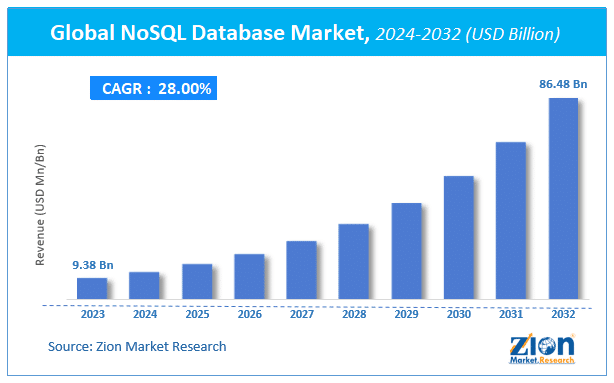
2.3. Backend Frameworks
When selecting a backend framework, it’s crucial to think about ease of development, performance, and scalability. Node.js is a popular choice for building fast, scalable network applications due to its event-driven, non-blocking architecture.
Django (Python) is great for building powerful applications quickly, while Ruby on Rails focuses on simplicity and speed in development.
You’ll also need to decide between microservices and monolithic architectures. Microservices allow you to break your application into smaller, independently deployable services, which is excellent for scaling. However, they add complexity. On the other hand, monolithic architectures are simpler and easier to manage in the early stages but may pose scalability challenges as your business grows.
Around 85% of large enterprises have already moved on to microservices architecture and even 75% to 84% of medium-sized organizations have followed in.
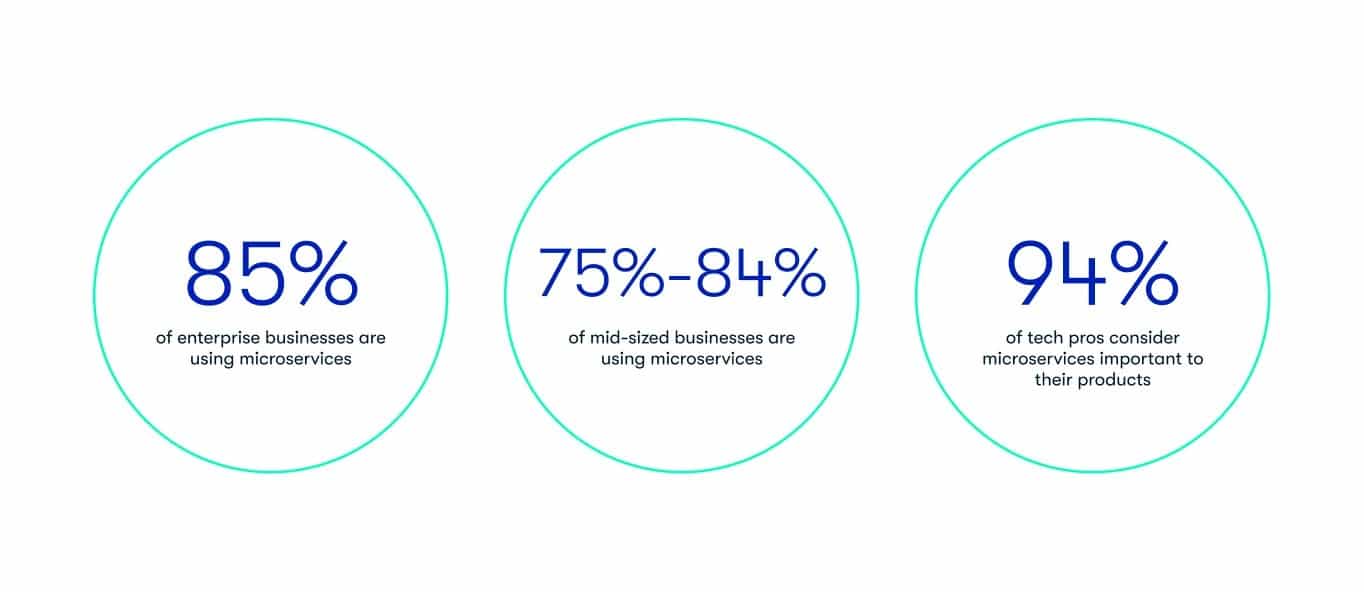
2.4. Frontend Technologies
A responsive and efficient front end is key to user experience. Frameworks like React and Vue.js are popular choices for building dynamic, fast-loading web applications. These frameworks are not only responsive but also provide a great developer experience, which speeds up the development process.
According to Stack Overflow Survey 2022, 46.62% of developers used React, while 18.82% were more confident in using Vue.js.
For startups looking to optimize performance, Progressive Web Apps (PWAs) are a great option. They offer app-like experiences in a web environment, allowing users to access your services offline, install your app on their devices, and get fast load times without the overhead of a native app.
2.5. DevOps and CI/CD
A lean tech stack also requires streamlined DevOps practices. Tools like Docker and Kubernetes simplify deployment by using containerization. Containers ensure that your application runs consistently across different environments, which makes scaling and deploying new updates much easier.
For continuous integration and delivery (CI/CD), tools like Jenkins and GitLab CI automate the process of testing and deploying code. This speeds up your development cycle and reduces the risk of errors. With CI/CD, you can continuously improve your product without disrupting the user experience.
Companies that use CI/CD pipelines report a 50% reduction in deployment time, proving the efficiency of automated DevOps processes.
3. Case Studies:
Here are two case studies that show the effectiveness of these approaches.
3.1. Dropbox Case Study: Scaling to Millions Using Lean Principles
The Challenge
Dropbox was a relatively new startup with a cloud storage product but needed to expand its user base rapidly to compete in the growing market. The company aimed to scale from thousands of users to millions without wasting time or resources on features that didn’t meet user needs.
The Solution: Lean Startup Approach
Instead of building and testing products without user feedback, Dropbox followed the Lean Startup method. They focused on rapid iteration and frequent user testing to understand what customers wanted.
By continuously improving their product based on real feedback, Dropbox ensured that every new feature aligned with user expectations. This approach allowed them to develop a Minimum Viable Product (MVP), which contained only the most essential features, thus avoiding unnecessary development costs.
The Result
In just 15 months, Dropbox grew from 100,000 to over 4 million registered users. The company’s ability to adapt quickly to user needs allowed it to scale efficiently without overextending resources. Their focus on continuous improvement and real-time feedback not only attracted new users but also helped retain them by delivering consistent value.
3.2. Level Up Basket Case Study: Achieving Rapid Growth with Agile and External Talent
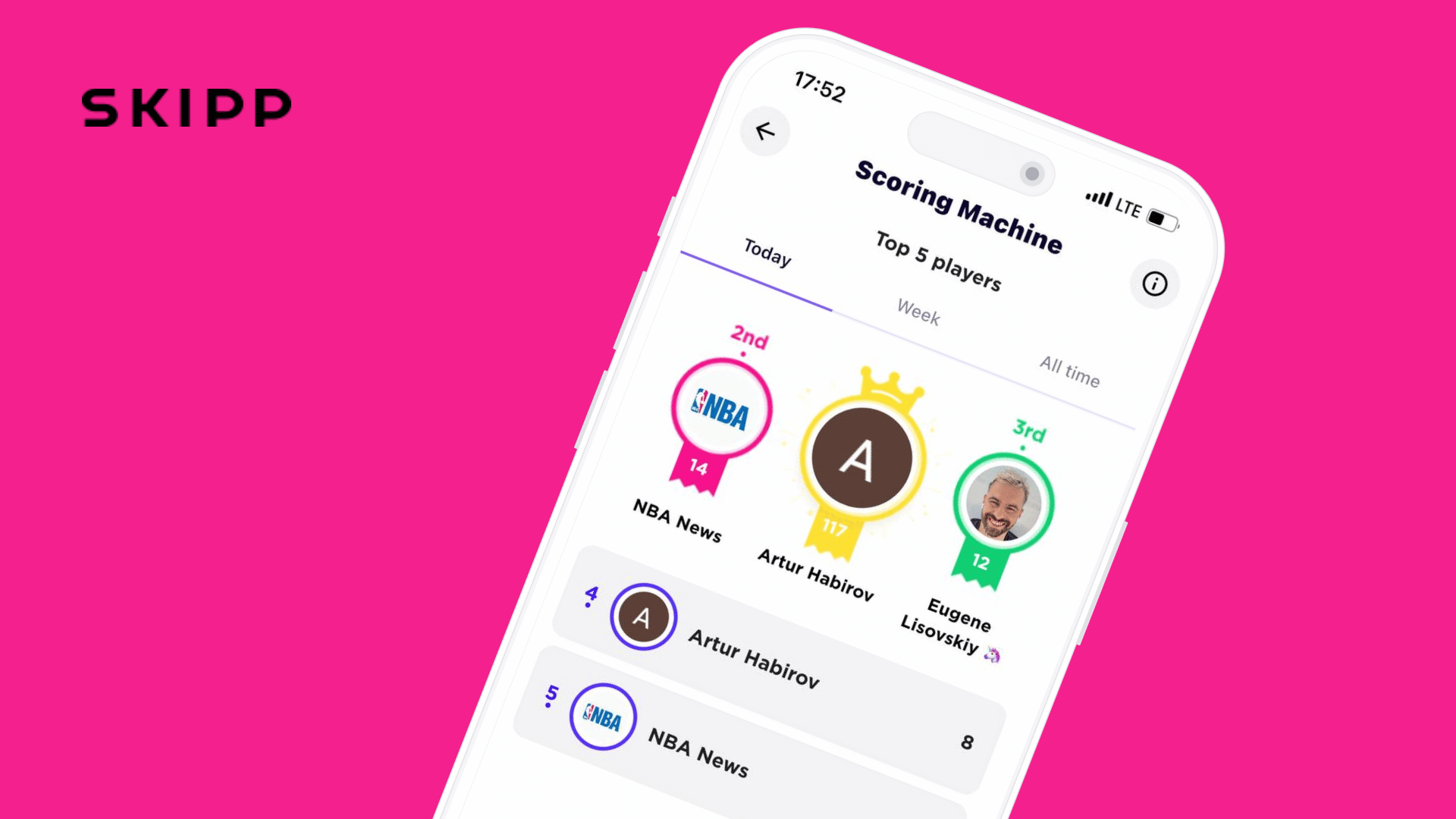
The Challenge
Level Up Basket, a basketball training app, was growing fast but struggled to scale its development team quickly enough to keep up with user demands. Founder Eugene Lisovskiy needed to release new features regularly while maintaining product stability, but the internal team was too small to manage both tasks.
The Solution: Flexible Architecture
Level Up Basket partnered with an external talent provider, Skipp, to expand its development team. This partnership enabled them to onboard developers skilled in Flutter and ASP.NET quickly, allowing for easy integration with the core team.
The newly expanded team used agile development methods, working in two-week sprints, to deliver regular updates, including new features like “scoring machines” and sharing results.
The Result
With a clear hybrid development process in place, the team delivered stable monthly releases and launched new features that significantly improved the app’s user experience.
Level Up Basket grew rapidly, enhancing its functionality and interface, ultimately helping the app serve individual coaches, clubs, and academies effectively. The collaboration with Skipp proved crucial in scaling the app without losing development speed or quality.
4. Strategies for Optimizing Your Current Stack
As your startup grows, optimizing your current tech stack becomes essential. Let’s look at some practical strategies for easy setup and make sure your stack remains lean.
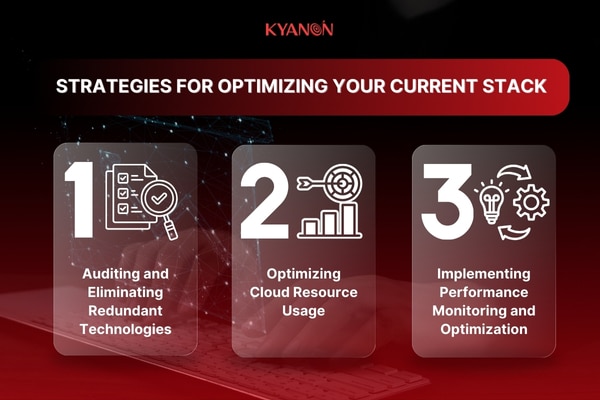
4.1. Auditing and Eliminating Redundant Technologies
The first step to optimization is conducting a thorough audit of your tech stack. Over time, it’s easy for multiple tools to overlap in functionality. However, by carefully reviewing the tools you’re using, you can identify and eliminate redundant technologies that no longer serve your needs.
This reduces complexity and cuts down on unnecessary costs. For example, if you’re using two different project management tools, consolidate into one to be more efficient. Remember, regular audits help ensure you’re only paying for what you need and using tools effectively.
In a survey, 32% of the respondents revealed that their companies have collaboration tools that they don’t use in the best possible way. This highlights the need for auditing and eliminating technologies that are not in use.
4.2. Optimizing Cloud Resource Usage
Cloud resources are a significant part of any tech stack, but without proper management, they can become expensive. Tools like AWS Cost Explorer or Google Cloud’s monitoring tools can give you insights into how your cloud resources are being used.
By optimizing resource allocation, such as turning off unused instances or resizing virtual machines based on usage patterns, you can reduce costs without sacrificing performance. Additionally, using features like autoscaling ensures that you’re only paying for the resources you need when you need them, keeping your stack both lean and efficient.
4.3. Implementing Performance Monitoring and Optimization
To keep your tech stack running smoothly, it’s crucial to implement performance monitoring tools. Platforms like New Relic or Datadog allow you to monitor application performance, database usage, and server health in real time.
By regularly analyzing this data, you can identify performance bottlenecks and optimize your stack before small issues turn into costly problems. Optimization techniques, such as improving database queries or adjusting server configurations, can help ensure your system continues to scale efficiently.
5. Future-Proofing Your Tech Stack
Building a tech stack that can stand the test of time requires thinking ahead. Future-proofing your stack ensures it can adapt to emerging trends and technologies without needing a complete overhaul. Follow these tips ahead to future proof your tech stack.

5.1. Keeping an Eye on Emerging Technologies
For companies, it’s now more important than ever to stay up-to-date with emerging technologies. Whether it’s advancements in AI, blockchain, or serverless computing, understanding how these technologies can enhance your system is key to staying competitive.
According to research, 73% of CIOs said that businesses need to act quickly and invest in emerging technologies to grow their business.
By regularly reviewing the latest developments, you can make informed decisions about when to integrate new technologies into your stack.
5.2. Building with an API-First Approach
An API-first approach is essential for future-proofing. By designing your systems with APIs at the forefront, you allow easy integration with other tools, services, and even future technologies. This flexibility ensures your tech stack can evolve and grow without needing major rework.
In 2021, 61.6% of developers reported that they relied on APIs more than they did in 2020.
API-first development allows you to scale more efficiently by making it easier to add new features or services, improving the overall modularity of your system.
5.3. Planning for AI and Machine Learning Integration
Artificial intelligence (AI) and machine learning (ML) are rapidly becoming integral to many business operations. Planning for AI and ML integration in your tech stack can help you stay ahead of the curve.
Even if your current needs don’t require these technologies, building a stack that’s ready for AI implementation later can save time and resources down the road. Cloud platforms like AWS, Google Cloud, and Azure already offer AI services that can be easily integrated into your stack when needed.
A survey by McKinsey & Company revealed that 72% of companies are using AI in some form, which is higher than the 55% of companies that used AI in 2023.
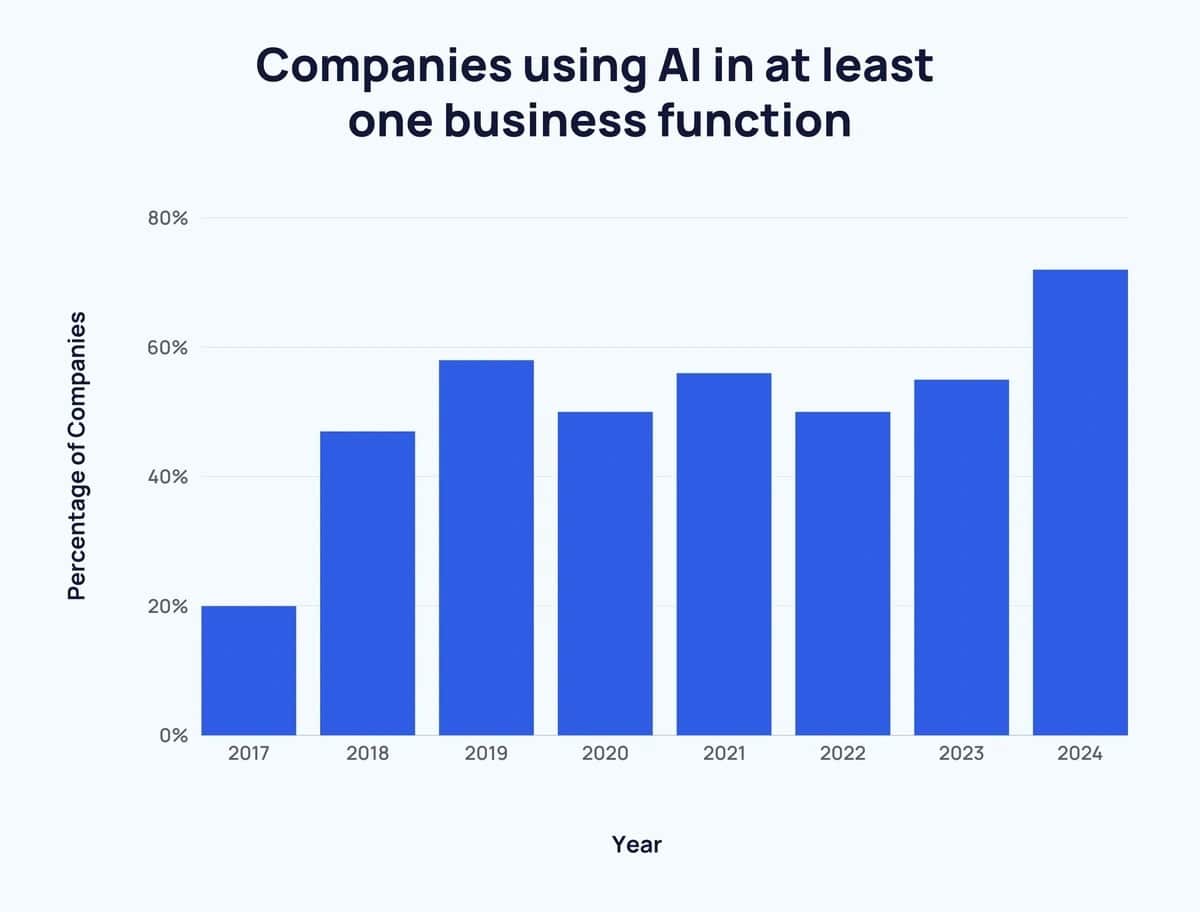
6. Discover How Strategic Business Outsourcing Can Elevate Your Startup
Overseas IT outsourcing services in Australia and New Zealand have evolved into a powerful strategic level that can propel startups towards rapid growth and success. By leveraging overseas IT outsourcing services, you can overcome local talent shortages, enhance your innovation capacity, and maintain your operational flexibility.
When looking to outsource certain aspects of your business, it is vital that you are carefully evaluating your potential partner. Take the time to examine their technical expertise, whether they are a cultural fit for your needs, and their ability to integrate seamlessly with your existing team. Here at Kyanon Digital, we understand the importance of building close partnerships with our clients. That’s why we specialize in providing tailored outsourcing solutions that cater to your unique needs and goals.
Your success is our success, which is why we prioritize knowledge transfer and long-term value with every partnership. We want to empower you by sharing our expertise and experience, ensuring you have the knowledge and tools required to succeed, even after the project is completed.
Our strategic business outsourcing team is trained in agile methodologies, which we adapt for distributed environments. This means that we are able to efficiently manage your projects, ensuring regular communication, iterative development, and a focus on value. Over the years, Kyanon Digital has successfully implemented this with major clients across Singapore and Hong Kong, including leading B2B companies on Clutch.
7. Kyanon Digital: Your Strategic Product Development Partner
At Kyanon Digital, we go beyond traditional outsourcing. We specialize in building dedicated teams that are custom-tailored to your product roadmap and business challenges. Our approach is not just about filling positions; it’s about becoming an integral part of your innovation journey.
Key Differentiators:
- Product-Centric Teams: We assemble teams based on your specific product needs, not generic skill sets.
- Scalable Partnership: Our engagement model evolves with your business, from startup to enterprise.
- Strategic Integration: We don’t just code; we contribute to your product strategy and long-term vision.
- Adaptive Expertise: Our teams pivot seamlessly as your product and market demands change.
By choosing Kyanon Digital, you’re not just outsourcing; you’re expanding your product development capabilities with a partner committed to your long-term success. Let’s build something extraordinary together.
This concise introduction highlights Kyanon Digital’s unique approach to outsourcing, emphasizing the product-centric, scalable, and strategically integrated nature of its partnerships. It aligns with the key points about choosing the right outsourcing partner while differentiating Kyanon Digital from competitors who might offer more traditional staffing models
So, if you are in need of overseas IT outsourcing services that you can rely on, Kyanon Digital team is here to help. We pride ourselves on delivering world-class tech solutions, digital talent acquisition, and product development, so get in touch today to learn more about how we can help you or learn more about our offering at Clutch.
